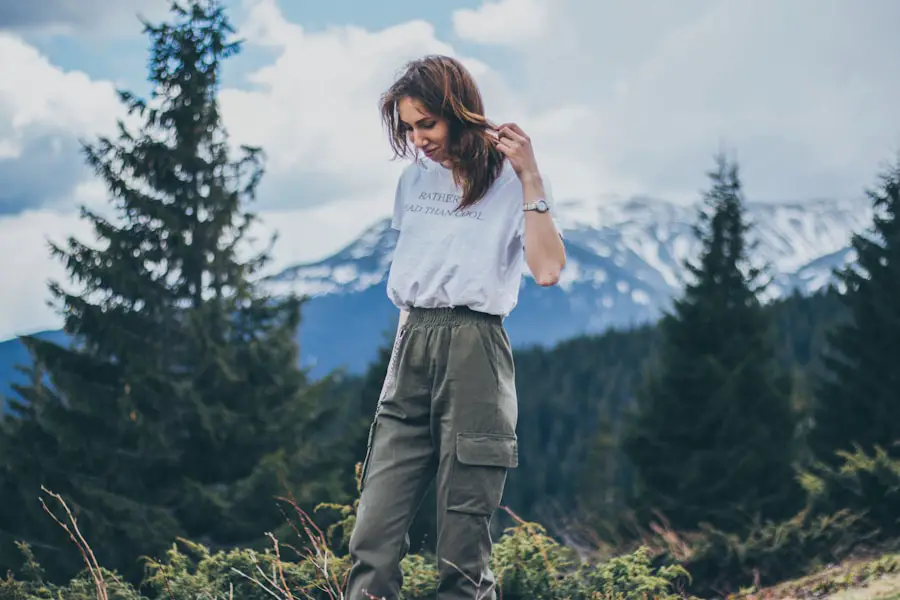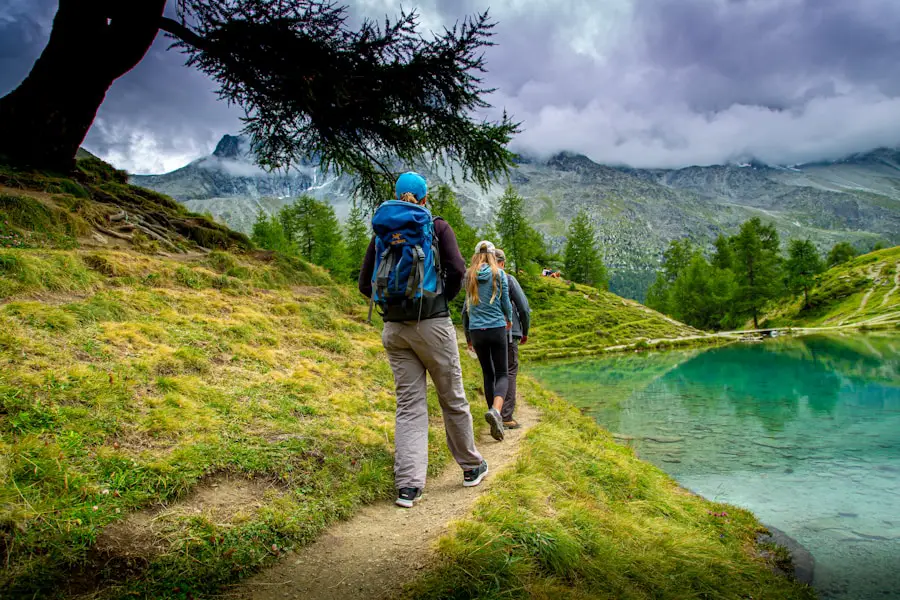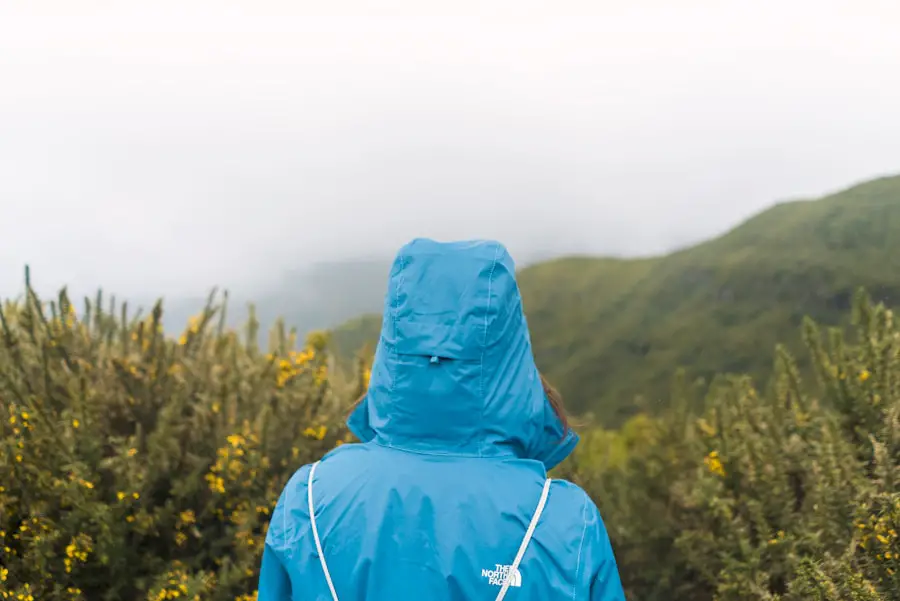Selecting the appropriate footwear is paramount for any outdoor adventure, whether it be hiking, trekking, or simply exploring nature. The right shoes can significantly enhance comfort, support, and overall performance. When considering footwear, one must take into account the terrain and the duration of the activity.
For instance, if you are planning a long hike on rugged trails, investing in a pair of sturdy hiking boots with good ankle support is essential. These boots should ideally feature a durable outsole for traction, a waterproof membrane to keep your feet dry, and cushioning to absorb impact. Brands like Merrell and Salomon offer a range of options that cater to various foot shapes and preferences.
On the other hand, if your adventure involves lighter activities such as walking on well-maintained paths or urban exploration, trail runners or lightweight hiking shoes may suffice. These shoes provide flexibility and breathability, making them suitable for warmer climates or shorter excursions. It’s also crucial to consider the fit; shoes that are too tight can lead to blisters and discomfort, while those that are too loose may cause instability.
A good practice is to try on shoes at the end of the day when your feet are slightly swollen, mimicking the conditions you might experience during prolonged activity. Additionally, wearing the socks you plan to use during your adventure can help ensure a proper fit.
Key Takeaways
- Choose footwear that is appropriate for the terrain and weather conditions
- Layer clothing to easily adjust to changing weather
- Pack a backpack with essential items and distribute weight evenly
- Bring hats, sunglasses, and gloves to protect against sun and cold
- Use sunscreen, sunglasses, and protective clothing to shield from the sun’s rays
- Pack waterproof jackets and pants for rainy conditions
- Carry navigation tools like maps and a compass for direction
- Include first aid and emergency supplies for unexpected situations
Layering for Changing Weather
Layering is a fundamental principle in outdoor clothing that allows adventurers to adapt to fluctuating weather conditions. The concept revolves around three primary layers: the base layer, the insulating layer, and the outer layer. The base layer is designed to wick moisture away from the skin, keeping you dry and comfortable.
Fabrics such as merino wool or synthetic materials like polyester are excellent choices for this layer, as they provide breathability while managing sweat effectively. The insulating layer serves to retain body heat and can be made from materials like fleece or down. This layer is particularly important in colder climates where temperatures can drop unexpectedly.
For instance, a lightweight fleece jacket can provide warmth without adding excessive bulk, making it easy to pack and carry. The outer layer, often referred to as a shell, protects against wind, rain, and snow. Look for jackets that are both waterproof and breathable, allowing moisture from sweat to escape while keeping external elements at bay.
Brands like The North Face and Patagonia offer high-quality options that cater to various outdoor activities.
Packing the Right Backpack

Choosing the right backpack is crucial for any outdoor excursion, as it serves as your mobile storage unit for essentials. The size of the backpack should correspond to the length of your trip; day hikes typically require a smaller pack ranging from 15 to 30 liters, while multi-day treks may necessitate larger packs of 50 liters or more. When selecting a backpack, consider features such as adjustable straps, padded hip belts, and ventilation systems that enhance comfort during long periods of wear.
Additionally, organization is key when packing a backpack. Look for compartments that allow you to separate gear and supplies efficiently. For example, having a designated pocket for hydration systems or water bottles can make it easier to stay hydrated without rummaging through your pack.
Furthermore, external attachment points for trekking poles or sleeping bags can free up space inside the pack and keep your gear accessible. It’s also wise to choose a backpack made from durable materials that can withstand the rigors of outdoor use while being lightweight enough not to add unnecessary weight to your load.
Essential Accessories: Hats, Sunglasses, and Gloves
| Accessory | Popularity | Usage | Price Range |
|---|---|---|---|
| Hats | High | All seasons | 20 – 100 |
| Sunglasses | Very High | Summer | 50 – 300 |
| Gloves | Medium | Winter | 15 – 80 |
Accessories play a vital role in enhancing comfort and protection during outdoor activities. A good hat can shield your face and neck from harmful UV rays while also providing warmth in colder conditions. Wide-brimmed hats are particularly effective for sun protection, while beanies or thermal hats are essential for retaining heat during chilly outings.
When selecting a hat, consider materials that offer moisture-wicking properties and breathability to ensure comfort throughout your adventure. Sunglasses are another critical accessory that should not be overlooked. They protect your eyes from harmful UV rays and reduce glare from surfaces like water or snow.
Look for sunglasses with polarized lenses that enhance visibility and reduce eye strain in bright conditions. Additionally, gloves are essential for maintaining dexterity and warmth in cold weather. Depending on your activity level, you may opt for lightweight gloves that allow for better grip or thicker insulated gloves for extreme conditions.
Brands like Columbia and Outdoor Research offer a variety of options tailored to different climates and activities.
Protecting Yourself from the Sun
Sun protection is an often underestimated aspect of outdoor preparation but is crucial for maintaining skin health during prolonged exposure to sunlight. Sunscreen should be a staple in your outdoor kit; choose a broad-spectrum sunscreen with an SPF of at least 30 and ensure it is water-resistant if you plan on sweating or swimming. Apply sunscreen generously on all exposed skin at least 15 minutes before heading outdoors and reapply every two hours or immediately after swimming or excessive sweating.
In addition to sunscreen, wearing protective clothing can further shield your skin from UV rays. Long-sleeved shirts made from lightweight, breathable fabrics can provide coverage without overheating. Many outdoor brands now offer clothing with built-in UV protection ratings (UPF), which can be an excellent choice for those who spend extended periods outdoors.
Furthermore, seeking shade during peak sun hours—typically between 10 AM and 4 PM—can significantly reduce your risk of sunburn and heat-related illnesses.
Rain Gear: Jackets and Pants

When venturing into the great outdoors, being prepared for rain is essential regardless of the season or location. A high-quality rain jacket is an indispensable piece of gear that should be lightweight yet durable enough to withstand heavy downpours. Look for jackets with features such as adjustable hoods, ventilation zippers, and sealed seams to ensure maximum protection against moisture while allowing breathability during physical activity.
Rain pants are equally important for keeping dry during wet conditions. They should be easy to put on over other clothing and feature similar waterproof qualities as jackets. Many modern rain pants come with zippers along the sides for easy access and ventilation options that help regulate temperature during strenuous activities.
Brands like REI Co-op and Marmot offer reliable rain gear that balances functionality with comfort, ensuring you remain dry without sacrificing mobility.
Navigation Tools: Maps and Compass
In an age dominated by GPS technology and smartphone applications, traditional navigation tools like maps and compasses remain invaluable assets for outdoor enthusiasts. While electronic devices can fail due to battery depletion or lack of signal in remote areas, a physical map provides a reliable reference point for understanding your surroundings. Familiarizing yourself with topographic maps can enhance your ability to navigate through varied terrain by highlighting elevation changes, water sources, and trails.
A compass complements a map by providing directional guidance based on magnetic north. Learning how to use a compass effectively involves understanding how to take bearings and orient your map accordingly. This skill is particularly useful in dense forests or mountainous regions where landmarks may be obscured.
Many outdoor organizations offer courses on navigation skills that can equip adventurers with the knowledge needed to traverse unfamiliar landscapes confidently.
First Aid and Emergency Supplies
No outdoor adventure is complete without a well-stocked first aid kit tailored to your specific needs and activities. A basic first aid kit should include items such as adhesive bandages, antiseptic wipes, gauze pads, adhesive tape, tweezers, scissors, pain relievers, and any personal medications you may require. Additionally, consider including items like blister treatment supplies if you plan on engaging in extensive hiking or walking.
Emergency supplies extend beyond first aid kits; they should encompass tools that can assist in unforeseen situations. A whistle can be invaluable for signaling for help if you become lost or injured in remote areas. A multi-tool or knife can serve various purposes from food preparation to gear repair.
Furthermore, carrying a flashlight with extra batteries ensures visibility during nighttime emergencies or when navigating through dark areas of the wilderness. Preparing adequately with these supplies not only enhances safety but also fosters confidence in your ability to handle unexpected challenges during your outdoor adventures.
When planning what to wear hiking in Europe, it’s important to also consider the gear you’ll need for your outdoor adventures. One essential item to bring along is a portable camping stove. Take Travel Info has a great article on the “5 Must-Have Portable Camping Stoves for Your Spring 2025 Adventures” that can help you choose the right one for your trip. Having a reliable stove will allow you to cook hot meals and enjoy a warm drink while exploring the beautiful landscapes of Europe. Make sure to check out their recommendations here for a successful hiking experience.
Love travel? Join Our Facebook Community For More Tips.
FAQs
What should I wear for hiking in Europe?
When hiking in Europe, it’s important to wear comfortable and moisture-wicking clothing. This includes a moisture-wicking base layer, a breathable and lightweight shirt, and quick-drying pants or shorts. It’s also important to wear sturdy and supportive hiking boots or shoes.
What type of outerwear should I bring for hiking in Europe?
For hiking in Europe, it’s important to bring a waterproof and windproof jacket, as well as a lightweight and packable down or synthetic insulated jacket for colder temperatures. Additionally, a hat, gloves, and a buff or scarf can be useful for protecting against the elements.
What accessories should I bring for hiking in Europe?
Accessories to consider bringing for hiking in Europe include a sun hat, sunglasses, sunscreen, and insect repellent. It’s also important to bring a backpack with a hydration system or water bottles, as well as a map, compass, and first aid kit.
What should I avoid wearing when hiking in Europe?
When hiking in Europe, it’s best to avoid wearing cotton clothing, as it retains moisture and can lead to discomfort and chafing. It’s also important to avoid wearing non-supportive footwear, such as flip-flops or sandals, as well as heavy and bulky clothing that can weigh you down.
